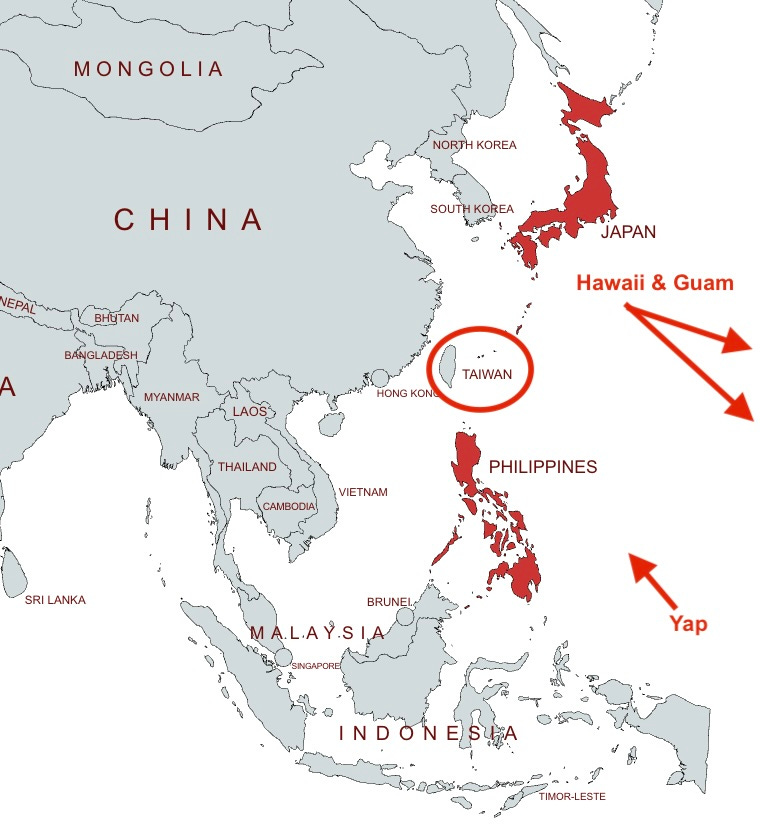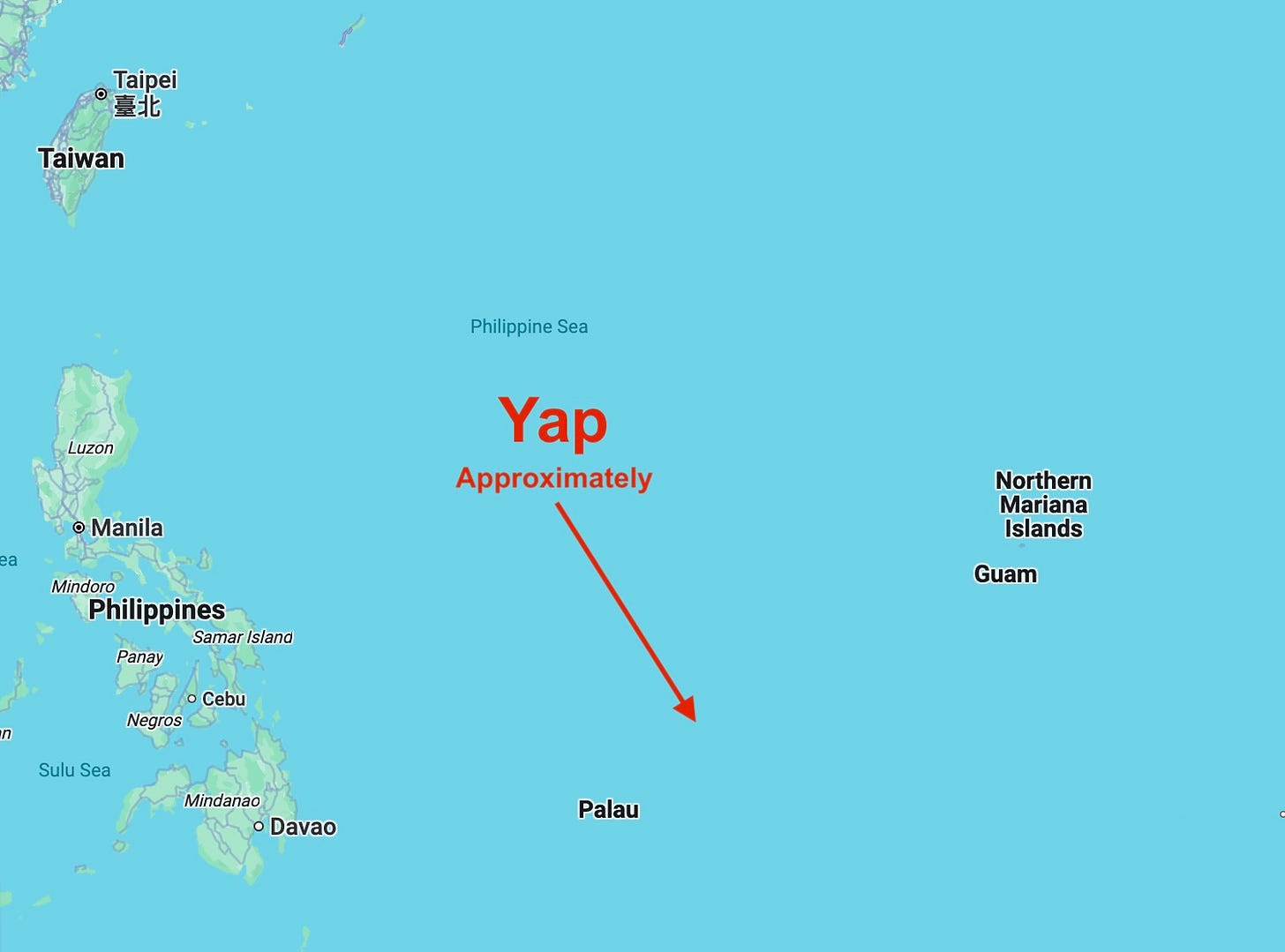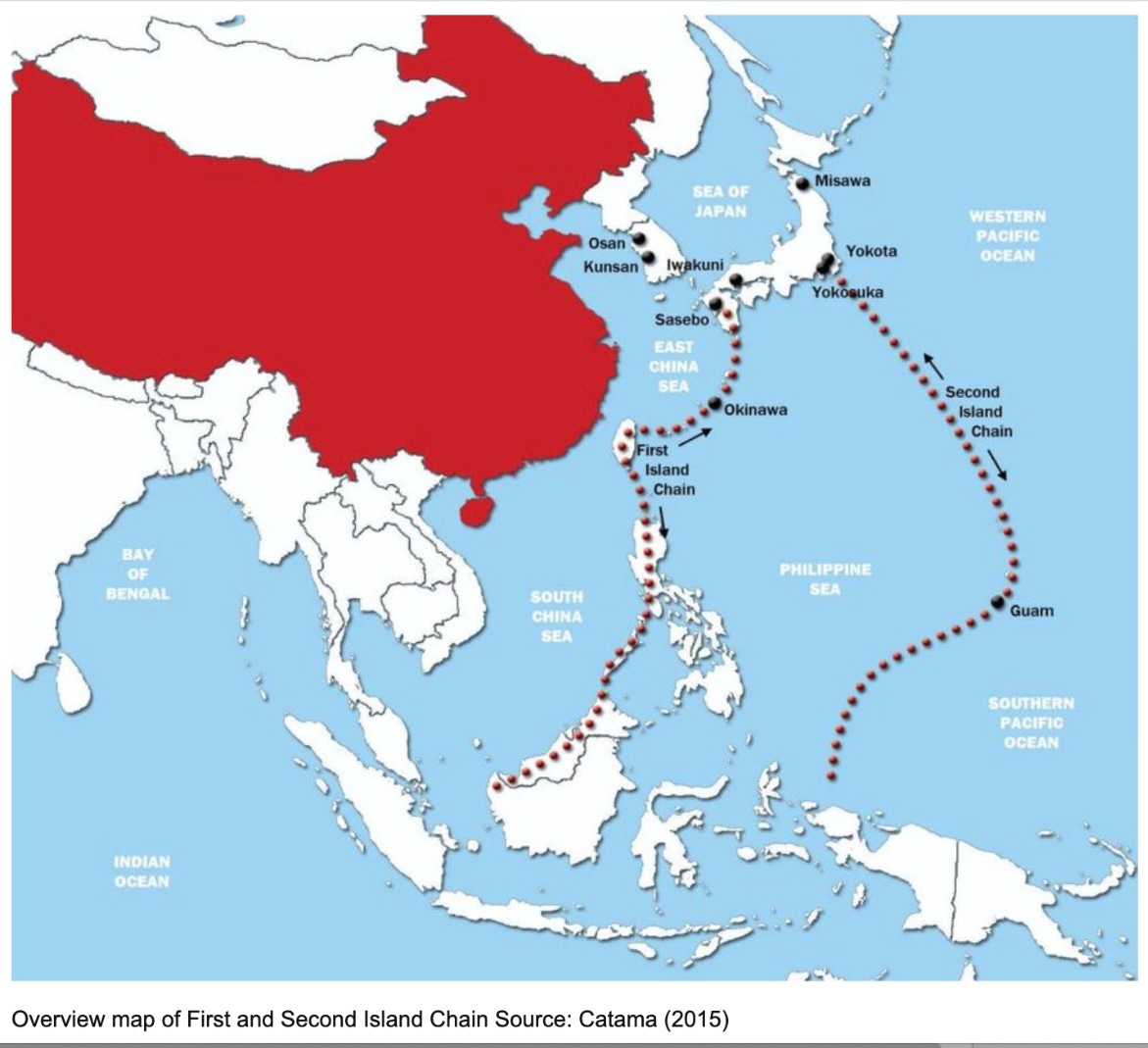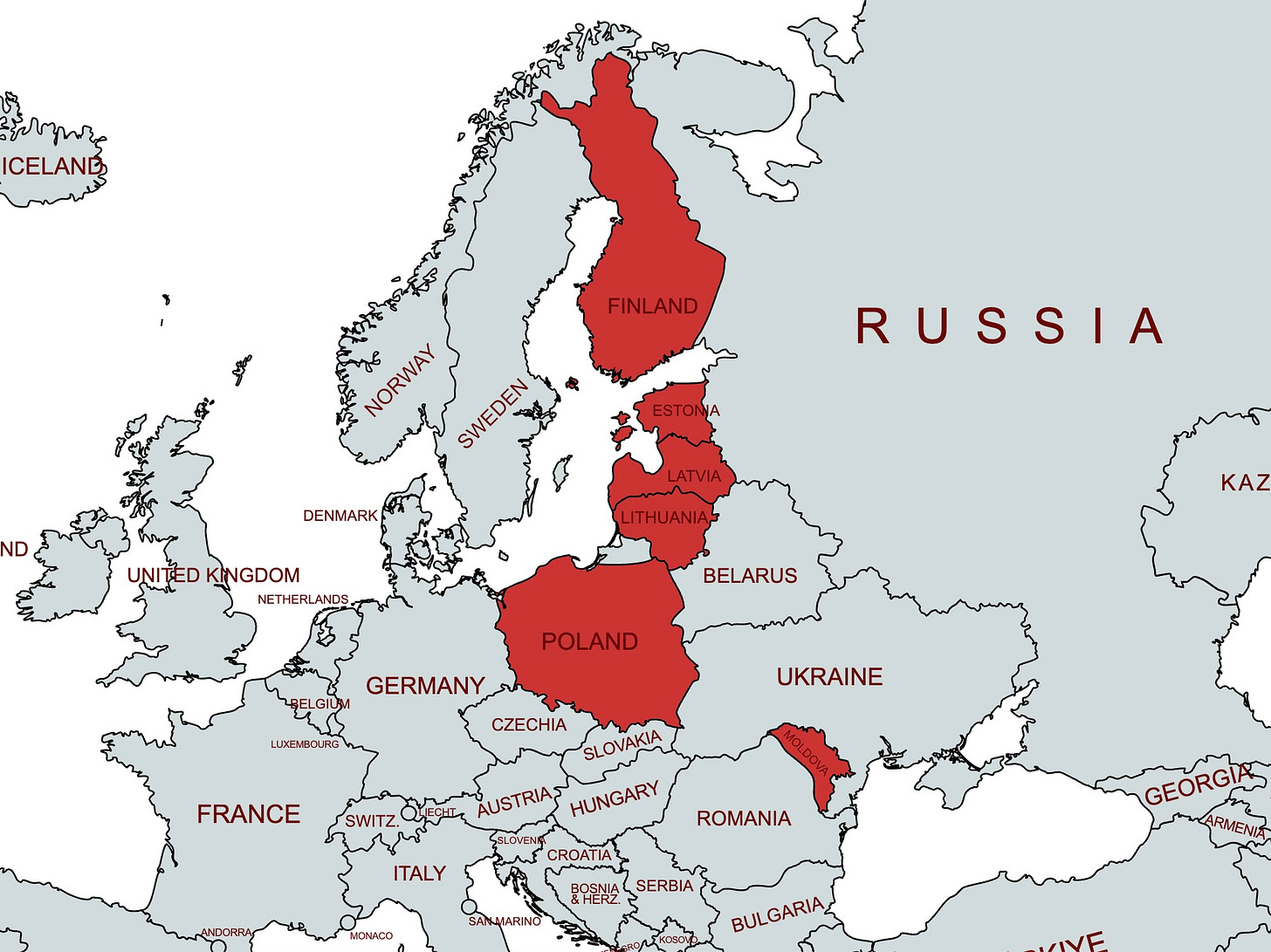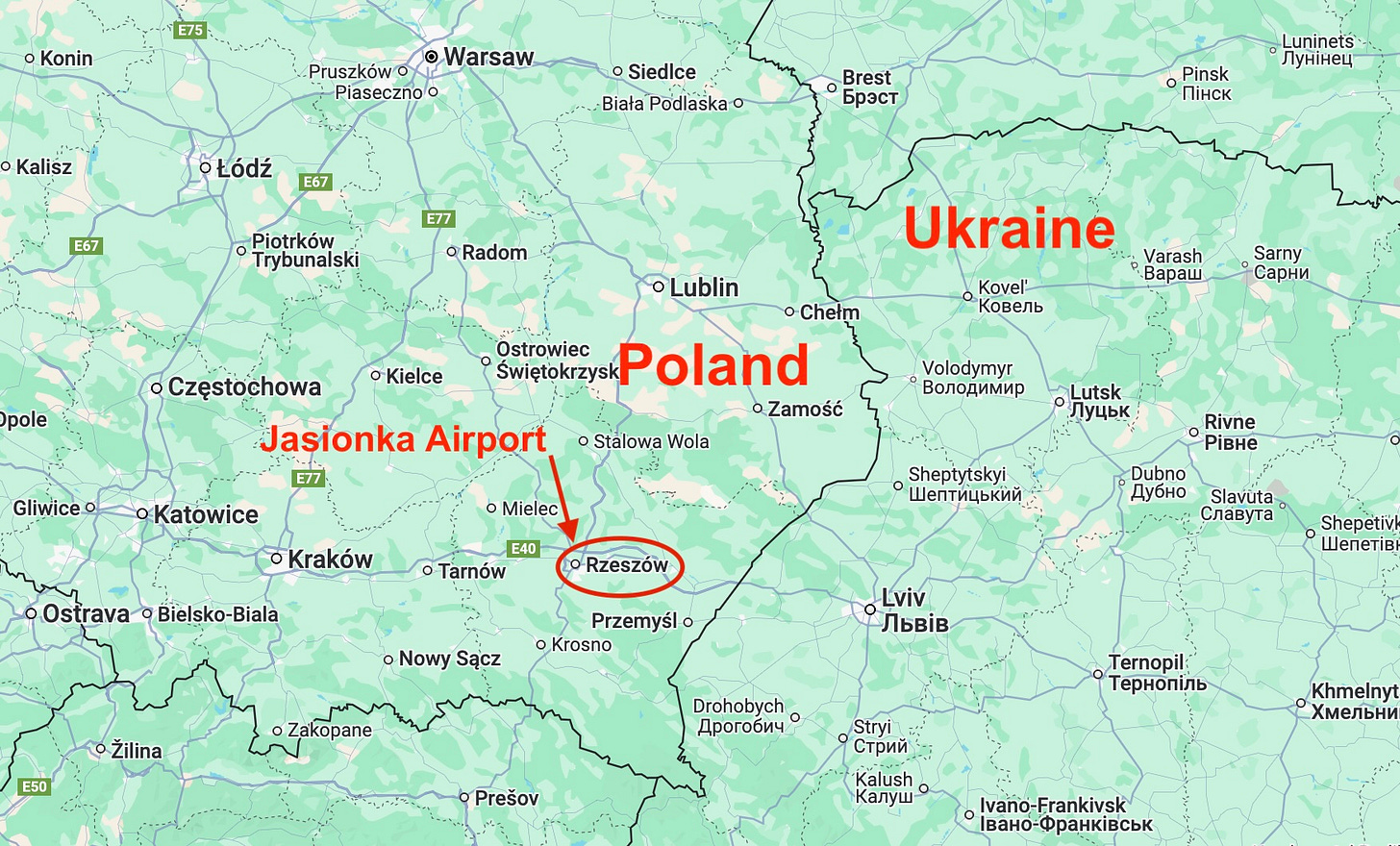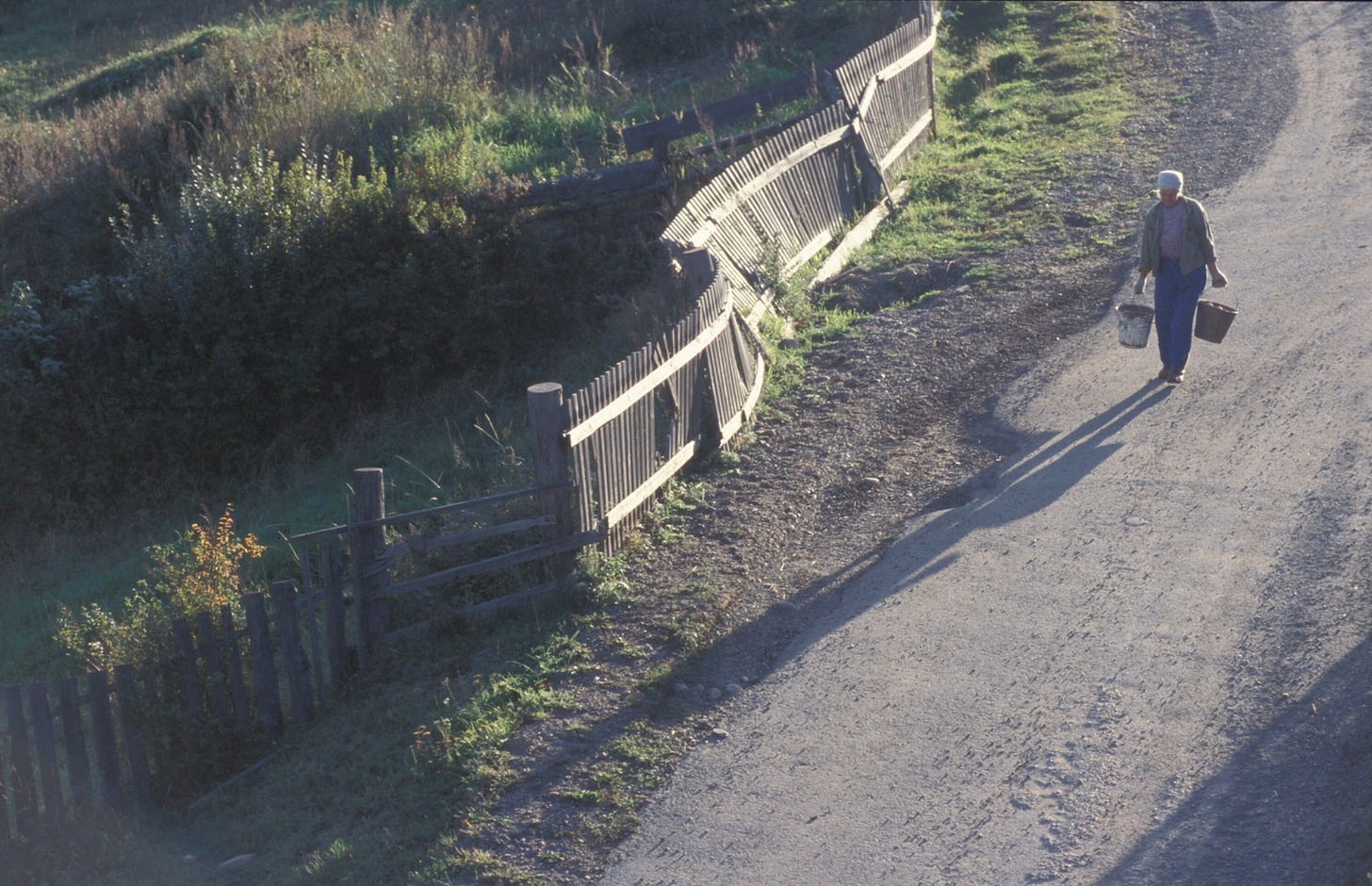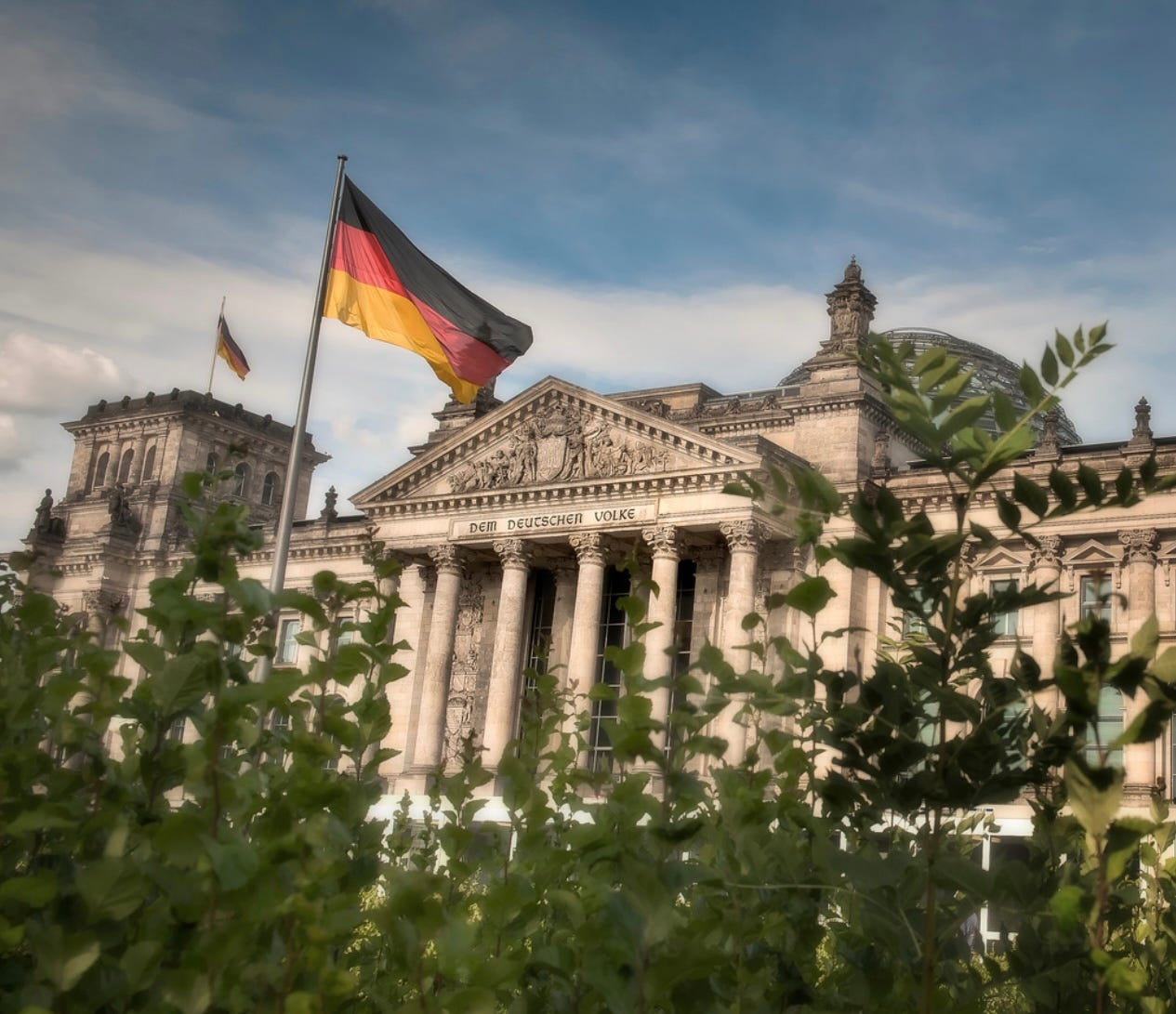Welcome. Common Sense and Whiskey a short, sharp, once a week look at the world out there. This week we follow the US Defense Secretary around the western Pacific trying to decide what his trip might mean for US strategy, we note how relatively speedy German coalition building has become, we wander warily around the Russian rim , do a quick check on Canada’s election, and finally, we’ll consider how long markets usually take to recover from mayhem like this week’s.
If you find any insights here, please consider subscribing to Common Sense and Whiskey. It would be great if you could contribute, but there are no paywalls here. You can always read the whole thing.
Let me know what you think.
Let’s get to it:
THE NEW PACIFIC: Defense Secretary Pete Hegseth visited military bases in the usual places on his inaugural tour of the Pacific—Hawaii, Guam, Philippines, Japan—with one omission and one notable addition. Let’s take a look.
Secretary Hegseth skipped South Korea. It’s true that this is a sensitive time politically is Seoul. The ROK Constitutional Court has just unanimously upheld the impeachment of President Yoon Suk Yeol, removing him from office, and the wide open election to choose his successor is scheduled for June 3rd.
In fact the Pentagon explained the omission citing “South Korea’s domestic political situation,” as well as “scheduling issues.” It may be premature to read too much into skipping South Korea. The Trump administration may be waiting to see what stances the coming government in Seoul will take toward China and North Korea.
But it can also pretty clearly be seen as a message to the new government that Seoul’s place in America’s strategic future isn’t guaranteed. It must be earned, reaffirmed, and probably, the American leader must be praised.
•
A PLACE NOT USED TO HEADLINES: More intriguing than the omission of South Korea is the addition of Yap. Yap is an island in the Federated States of Micronesia, on the map above. Yap is one of the four main states that make up the Federated States of Micronesia (FSM), along with Chuuk, Pohnpei, and Kosrae. It's both the name of the state and its principal island.
Since 1986, the US and FSM cooperate under a so-called Compact of Free Association, most recently extended in 2023. The FSM grants the U.S. exclusive military access to its territory and airspace. In return, the U.S. provides economic assistance and defense guarantees, and various affiliations with American federal programs. Citizens of FSM can live, work, and study in the United States without a visa.
The Defense Secretary stopped in Yap to reaffirm the relationship with the new Trump administration, and he brought a notable gift: a $2 billion pledge to upgrade military facilities. For starters, the US pledges to extend Yap International Airport's runway to accommodate larger military aircraft, with an initial investment of $96 million and a total projected cost of $400 million.
To a state with a population of 11,577, two billion dollars is real money. Such unusual largesse sets off speculation about whether the US ponders a future withdrawal to the Second Island Chain, especially among those who believe Donald Trump secretly wants to divide the world into spheres of influence with the leaders of Russia and China.
Have a look at the map above, which shows the first and second island chains and see what you think. Yap is southwest of Guam along the second chain.
Officially, the U.S. is “expanding and dispersing” its posture in the Indo-Pacific. In a future conflict, with improvements at Yap, the Second Island Chain could become a sanctuary for logistics, surveillance, and command operations, out of reach of the actual conflict.
For now, I’m buying the official line, and here’s why: Donald Trump’s pick for Under Secretary of Defense for Policy, the department’s chief idealogue, is Elbridge Colby, grandson of William Colby, CIA Director for Presidents Nixon and Ford.
Colby’s nomination made slow progress through the Senate, mainly because of his reluctance to continue Biden-level support for Ukraine against Russia. Colby’s favored foe is not Russia, but China. He wants a robust U.S. presence in the First Island chain to deter Chinese aggression. Elbridge (call him “Bridge”) Colby was finally confirmed by the Senate this week on a 54-45 vote.
(The book to read is his The Strategy of Denial: American Defense in an Age of Great Power Conflict where he writes about the role of the First Island Chain in his strategy.)
•

In 1968 Continental Airlines (since eaten by United Airlines) began flights throughout the Marshall Islands and Micronesia, a route that came to be known the ‘Island Hopper.’ United still flies the Island Hopper, covering around 4,300 miles over a little more than fourteen hours.
Here’s an elaborate customer review.
•••••
RUSSIAN RIM: We talk a lot about the Russian threat and ‘who will be next?’ after Ukraine. At the beginning of the month President Putin announced the conscription of 160,000 men aged 18-30 this spring, the most since 2011. Alongside talk—albeit doubtful—of peace in Ukraine, countries on Russia’s European borders wonder what all those troops are for.
Russia’s hybrid warfare agitation is active as ever among the countries that border the Baltic Sea. For example, Sweden’s Security Service (Säkerhetspolisen, SÄPO) has warned of “an alarming shift in Russian espionage tactics, involving the recruitment of individuals suffering from substance addiction for sabotage missions as part of a broader hybrid warfare strategy targeting Sweden and Europe.”
In preparation for whatever might be coming, the three Baltic states, Poland and Finland have dropped out of the 1997 Ottawa Convention that prohibits the use, stockpiling, production, and transfer of anti-personnel landmines. Lithuania has also quit a cluster bomb treaty. A ten year project is underway, as the Telegraph reports, to erect “(s)ome 1,000 concrete bunkers with trenches, anti-tank ditches, ammunition depots and supply shelters" … to fortify 600 miles of the Baltic states’ eastern borders.”
And although Moldova is not a European Union member state, on Wednesday the EU pledged €20 million to the Moldovan army meant for "eight short-range air-defense systems consisting of approximately eight launchers and approximately 24 missiles."
For all its mischief in Europe, Russia faces challenges back home. With financial institutions warning that the Trump tariffs have increased the chances of a recession in the West, oil prices have declined in anticipation. And an important part of financing Russia’s war on Ukraine is oil revenue.
The Moscow Times quotes Russian business newspaper RBK Daily that the decline in oil prices “poses serious problems for Russia’s GDP, the state budget and will inevitably lead to a collapse of the ruble exchange rate.”
Meanwhile, the US pulls back from Poland. After Polish President Andrej Duda met with Donald Trump in February, he said there should be “no fear that the American presence in Poland will decrease.” But the FT reported this week that The US is pulling its troops from a temporary base at Jasionka near Rzeszów, near Poland’s border with Ukraine.
After Russia’s 2022 invasion of Ukraine the Jasionka airport north of Rzeszów “became the biggest hub for the transport of military equipment to Ukraine, as well as for the evacuation of wounded Ukrainian soldiers to hospitals across Europe.”
General Christopher Donahue, commanding general of US Army Europe, puts the move down to cost savings: “After three years at [the US base of] Jasionka, this is an opportunity to rightsize our footprint and save American taxpayers tens of millions of dollars per year.”
RUSSIAN REDNECKS: One other note on Russia this week: Rural Russia is poor and in many places home to poorly educated people. The Jamestown Foundation says Moscow has become worried about ethnic tension in the hinterland.
It reports that both immigrants and ethnic minorities, as well as Russian nationalists who do not like them, are arming themselves across the country, raising the specter of clashes, especially as veterans of Russia’s war against Ukraine return home ready to use their newly acquired weapons for one side or the other.
It’s worth keeping an eye on, especially because influential rabble rousers like former President Dmitry Medvedev, who sees enclaves of immigrants as breeding grounds for extremism and terrorism, are among those spreading xenophobia. Here’s the full story.
•••••
If you’re reading this as an email, your provider may clip this article before the end. Try clicking on ‘view entire message’ to see the whole thing, or you can always read everything at Common Sense and Whiskey online.
•••••
GERMANY: To start Angela Merkel’s final term in office in 2017, her party, the CDU, took 171 days after elections to form a coalition government with the SPD. This time the same parties moved like comparative lightning.
Given the challenges with which Europe lives today, and at the urging of utterly everybody on the continent, the CDU and SPD formally agreed to a coalition on Wednesday, just six weeks after the election. Chancellor Friedrich Merz, who had pledged a new government by Easter, improved on his own timeline.
Even so, he won’t be sworn in until, tentatively, May 7, 2025. That’s because the agreement must first be ratified by the parties. CDU/CSU’s party congress ratifies, and the CSU, (the CDU's Bavarian sister party), has already approved the agreement, while the SPD ratification involves a vote of all 357,000 members.
•••••
CANADA: Halfway through the campaign, Liberal Party candidate Mark Carney leads Conservative candidate Pierre Poilievre in all the polls. It’s a remarkable turnaround compared to just months ago when Liberal PM Justin Trudeau was being drummed out of office. The key to the turnaround has been Donald Trump.
His dissing America’s northern neighbor has forced Poilievre, once a Trump-a-like, into a corner. Two debates in Montreal next week (one in French, one in English), give the conservative candidate a chance to gain back some ground, but he’ll have to try to separate himself from Trump. The same Trump he spent most of the last year emulating.
•••••
AND FINALLY:
I asked AI “after previous stock market convulsions, how long has it taken for the markets to recover?”
The time it takes for the stock market to recover after a correction—typically defined as a decline of 10% to 20% from a recent peak—varies widely depending on the nature of the downturn. Here's a general look based on historical data for the S&P 500:
1. Average Recovery Time After a Correction (10%–20% drop):
Historically, the S&P 500 takes about 4 months to recover from a standard correction.
2. Recovery After a Bear Market (20%+ drop):
When corrections deepen into bear markets, recovery times are longer. On average, the S&P 500 takes about 18 to 24 months to return to previous highs. But this varies:
2020 COVID crash (–34%): Recovery took 5 months (fastest in history).
2008–09 Financial Crisis (–57%): Recovery to pre-crash highs took about 4.5 years.
2000–02 Dot-com Bust (–49%): Took around 7 years to recover.
1987 Black Monday (–34%): Fully recovered in about 2 years.
1973–74 Oil Crisis (–48%): Took over 6 years to recover.
1929 Great Depression (–86%): Took over 25 years to reach previous highs (though this includes deflation and other macroeconomic shocks).
Important Note: Recovery speed depends on what caused the correction. If it's a panic-driven drop without long-term economic damage (like COVID-19), recovery is fast. If it's a structural crisis (like 2008), it takes years.
•••••
That’s it for this week. Good weekend. See you next week.
Content on Common Sense and Whiskey is free. There’s no paywall, but if you subscribe for $5 a month or $50 a year for 2025, next time I’m in town I’ll come over and wash your car. Maybe.
You tip your UberEats driver, don’t you? Of course you do. I have probably approximately as much insight as him or her. Approximately.
Thanks for reading. Please pass this article around and invite your friends to subscribe. And let me hear from you. See you next week.
Bill






